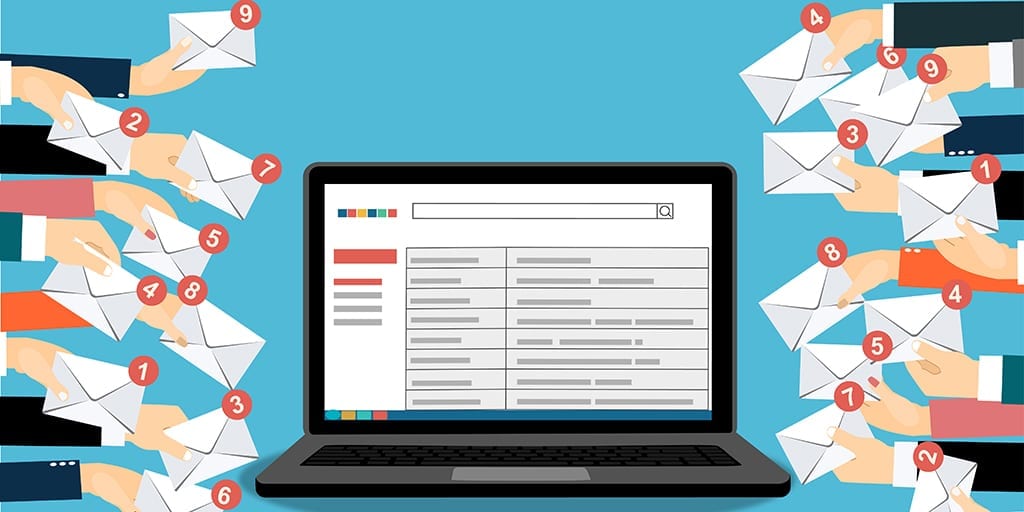
Irrelevant messages, too frequent messages and unsolicited messages are among those most often marked as spam.
Cyber Monday (November 26) is mere weeks away. Last year, 81 million Americans participated, accounting for $6.6 billion in sales.
Email marketing is a great way to get your piece of that pie — provided prospective customers actually read your messages. Data breaches, pervasive digital ads and email fatigue prompt consumers to scroll their inbox with caution. In a recent blog post, email marketing expert Ryan Pinkham, of Constant Contact, revealed a few of the top reasons people report messages as spam.
- The company did not ask for permission. “People open email from people they know, and they delete or mark as spam email from people they don’t recognize,” Pinkham said. “It’s really that simple.”
Consumers should opt-in to receiving your emails. For starters, this keeps you in compliance with legislation such as the Controlling the Assault of Non-Solicited Pornography and Marketing Act (CAN-Spam) and the Canadian Anti-Spam Legislation (CASL). Additionally, it lets you build a list of people who are actually interested in your business and are excited to hear from you. “They’re more likely to open your email, less likely to mark it as spam and will stay with you longer than contacts that are added without consent,” Pinkham said.
- The company hides its identity. Even if customers agree to receive your emails, if they don’t recognize that you are the sender, they might mark them as spam.
Always use a familiar “from” name and email address. “If you have an email address that includes your business’s website, choose that address over one from a personal account,” Pinkham said.
Another fix? Add your branding to your emails. The first few lines of a message, known as the “pre-header,” show up before the reader clicks on a message. Including your logo and choosing colors that represent your business removes ambiguity.
- The company sends irrelevant content. “Your email content doesn’t have to be bad or offensive to be marked as spam,” Pinkham said. “Often, the worst offense you can commit is to include content that simply isn’t interesting or relevant to the people you’re trying to reach.”
If a customer signs up for your email list, it’s safe to assume he or she wants advice on gift giving, flower trends, flower care, decorating, special occasions, etc. Topics that seems to come out of left field will confuse customers and could earn you spam designation.
Review your email reports to see what type of content gets the highest number of clicks. Not sure? Ask! “You can use an online survey to collect feedback from your audience or update your sign-up form to include options for people to choose when signing up,” Pinkham said.
- The company overwhelms them. As with oh-so-many-things, email marketing requires moderation. Too much promotional material drives some (nay, most) people away.
“This is why it’s so important to find a balance in the type of content you send out,” Pinkham said. “As a standard, we recommend 80 percent helpful/informative content and 20 percent promotional.”
When you do send promotional content, it needs to be timely and pertinent. “People are much more receptive to promotions if it helps them solve a problem they are faced with at that time,” Pinkham said.
Also, pay attention to your overall frequency. Even emails that are jam-packed with useful content can be viewed as spam if they arrive daily.
- The company made it difficult to opt out. Yes, it’s tough to see people leave your list. But it’s far better to let them leave willingly than to force them to stay, prompting them to mark you as spam. In short, every email marketing message should include an “unsubscribe” list at the bottom.
For more in-depth advice on email marketing, including examples of successful tactics and campaigns from floral retailers, check out “Stay Out of the Trash!”
Katie Hendrick Vincent is the senior contributing editor for the Society of American Florists.

